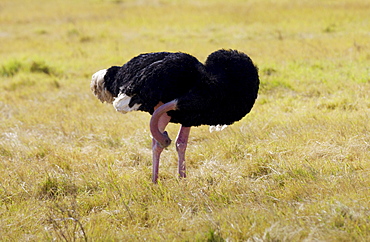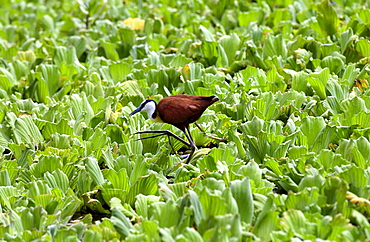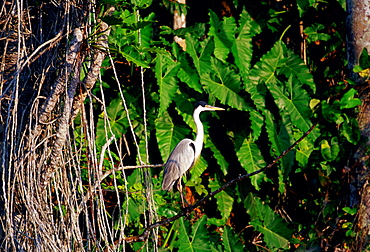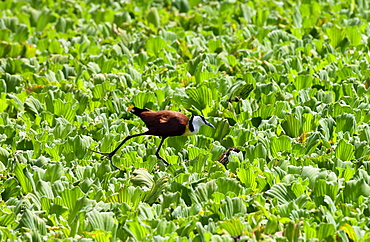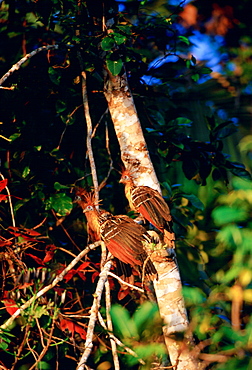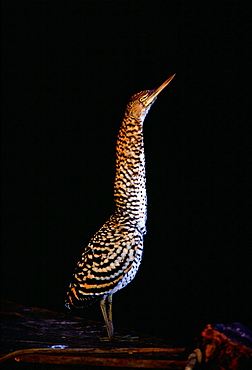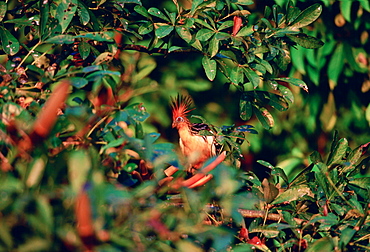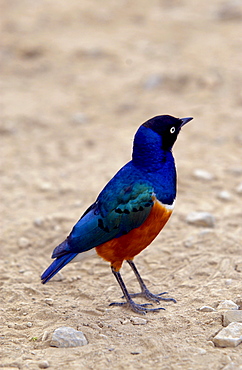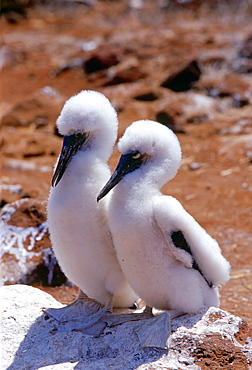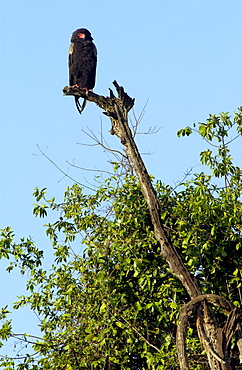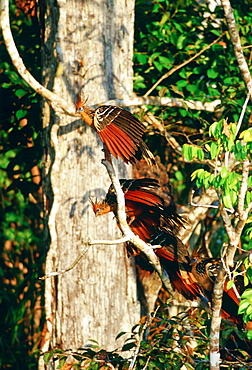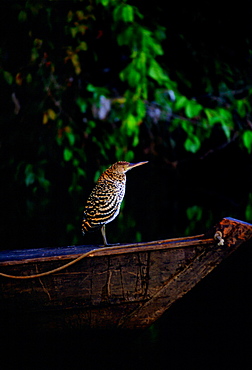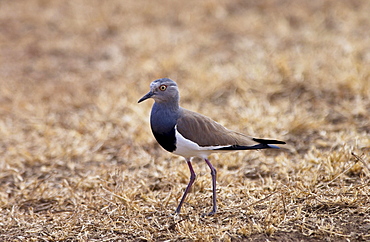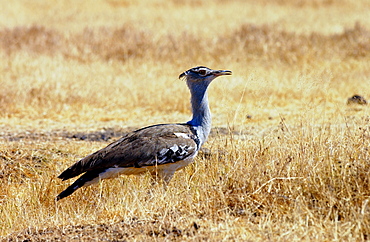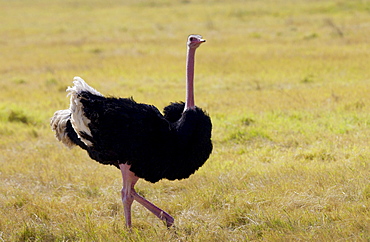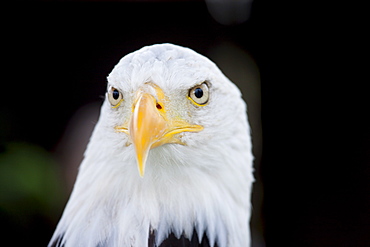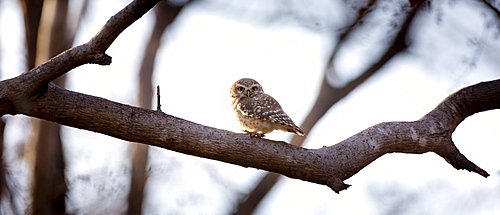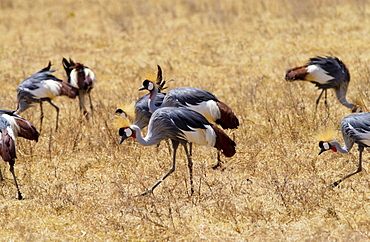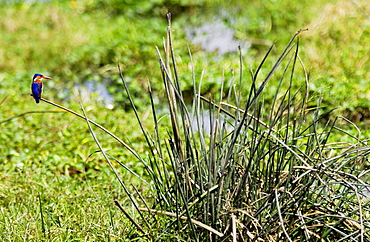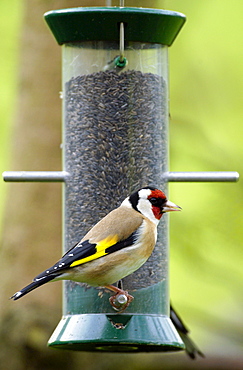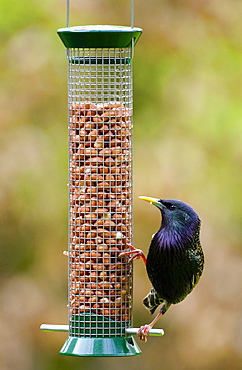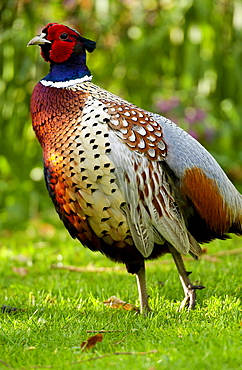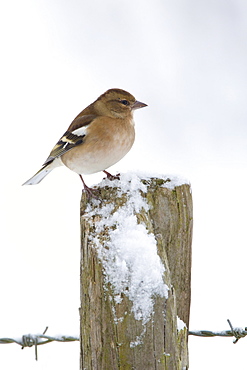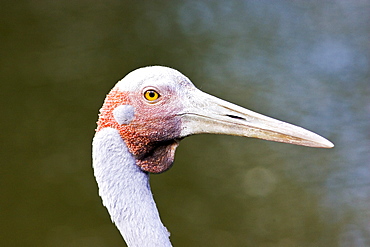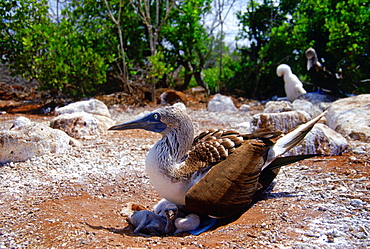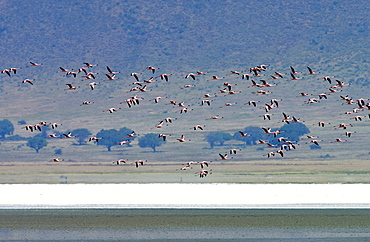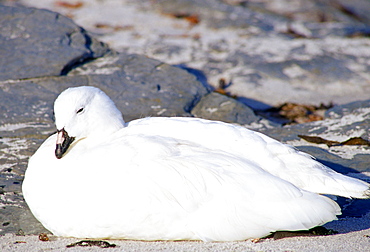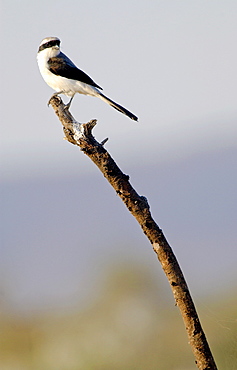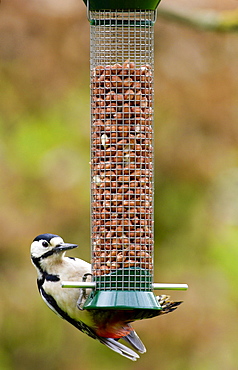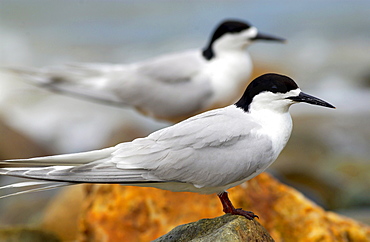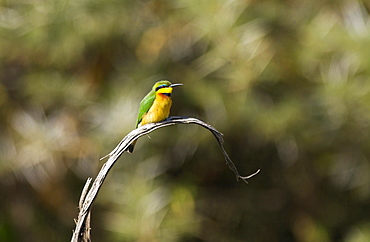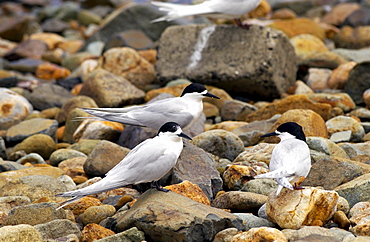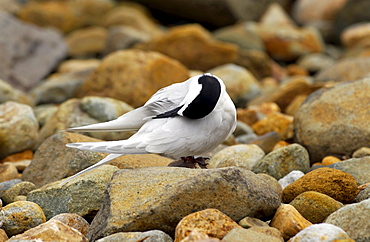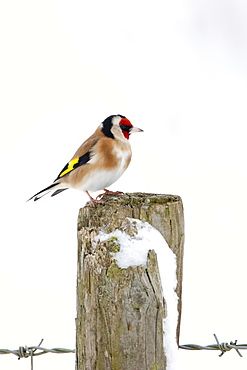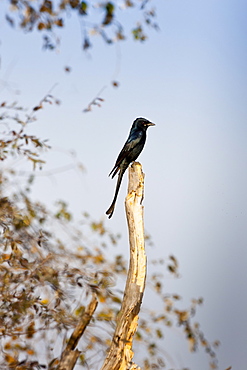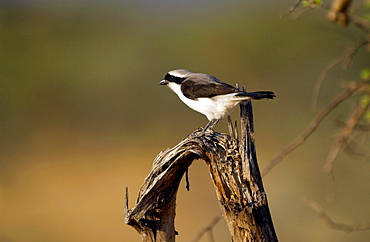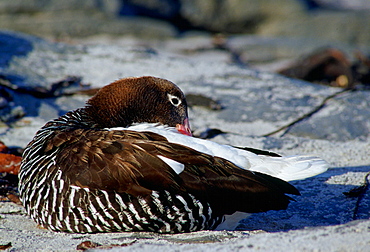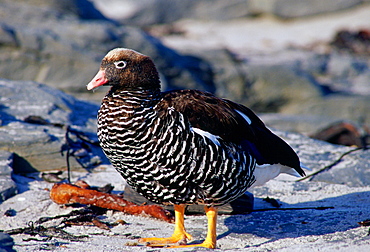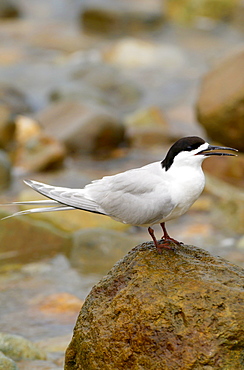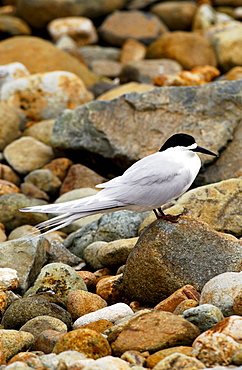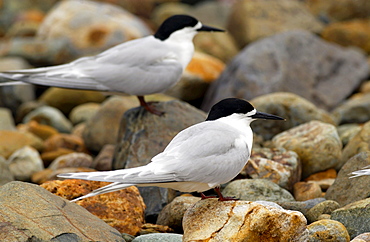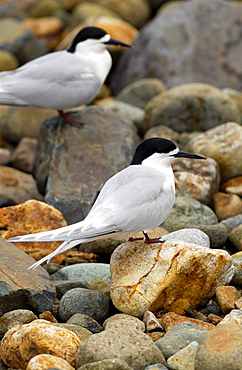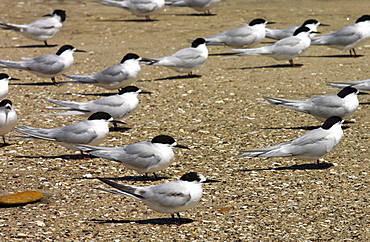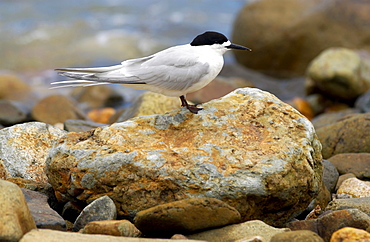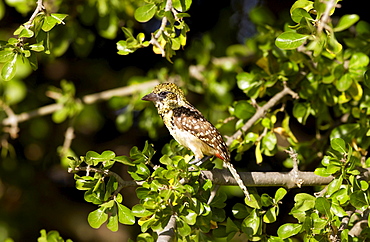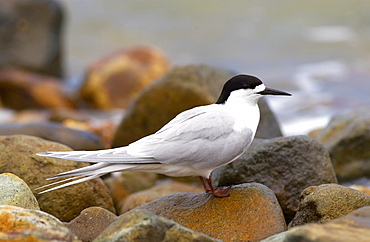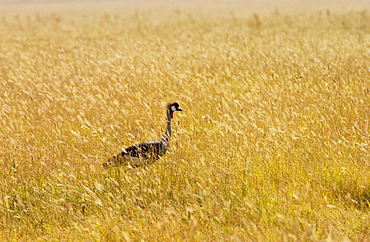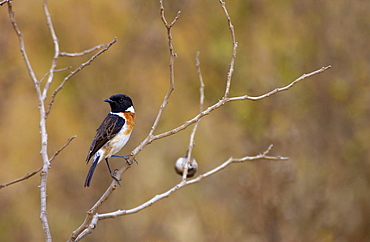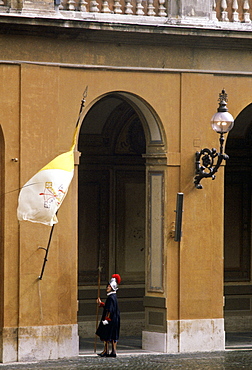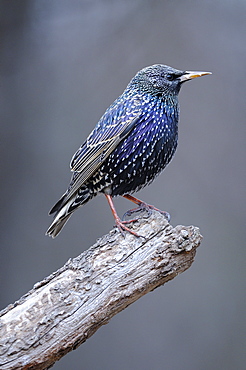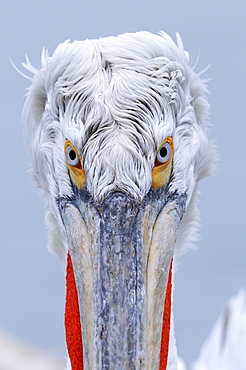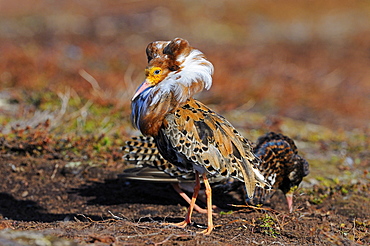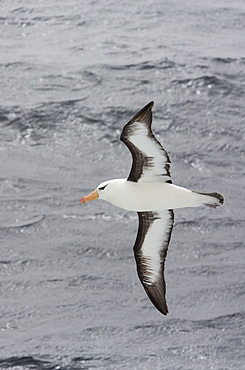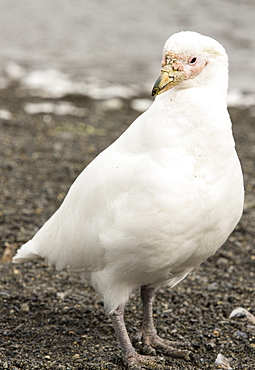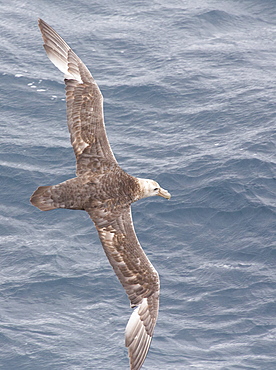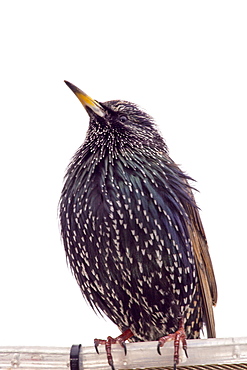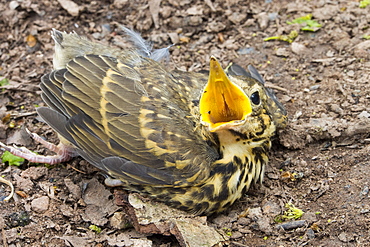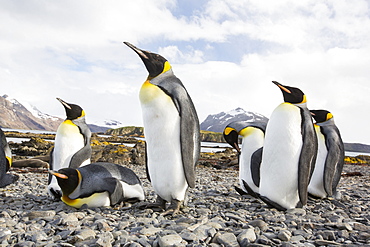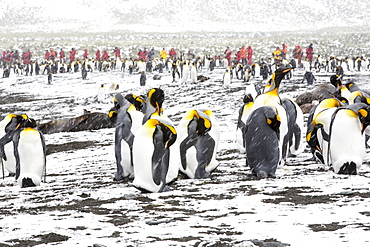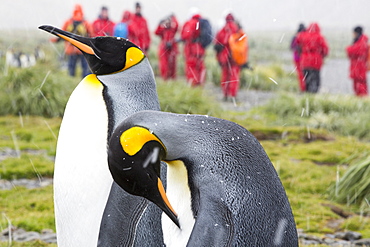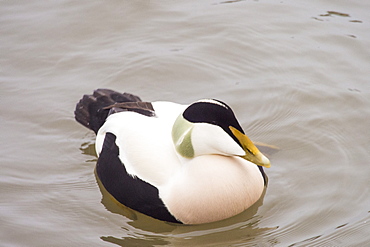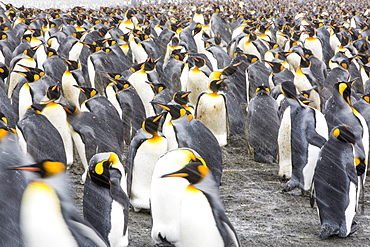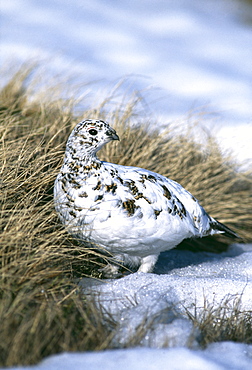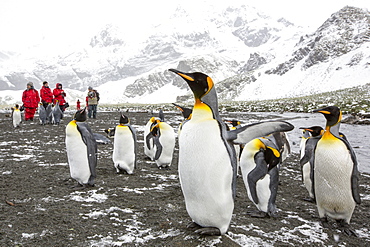Results
« Previous 1 … 3 4 5
449 results found
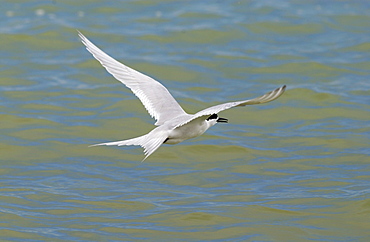
White-fronted tern (Sterna Striata) in flight across the Hauraki Gulf off the Coromandel Peninsula, North Island, New Zealand

White-fronted terns (Sterna Striata) on a beach near South Head on the Tasman Sea, North Island, New Zealand
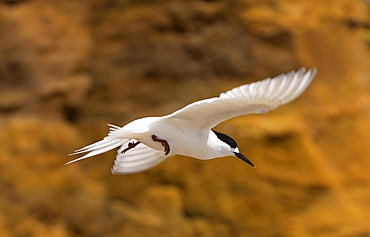
White-fronted tern Sterna Striata) in full flight over a beach near South Head on the Tasman Sea, North Island, New Zealand
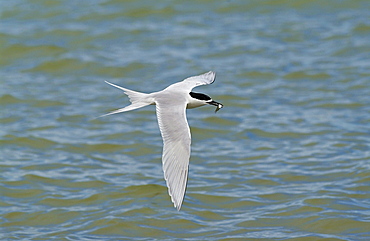
White-fronted tern (Sterna Striata) in flight with fish in beak, across the Hauraki Gulf off the Coromandel Peninsula, North Island, New Zealand
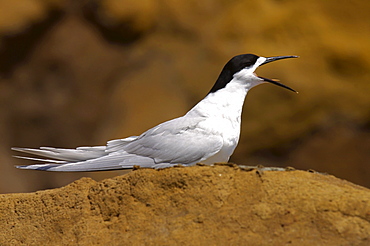
White-fronted tern (Sterna Striata) calling on a rock near South Head on the Tasman Sea, North Island, New Zealand
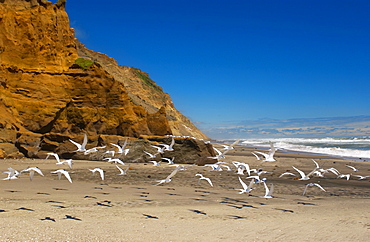
White-fronted terns (Sterna Striata) on a beach near South Head on the Tasman Sea, North Island, New Zealand
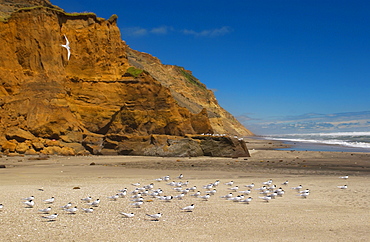
White-fronted terns (Sterna Striata) on a beach near South Head on the Tasman Sea, North Island, New Zealand
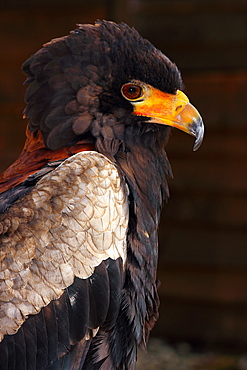
Bateleur (Terathopius ecaudatus) is a medium-sized eagle in the bird family Accipitridae, resident in Sub-Saharan Africa, in captivity in the United Kingdom, Europe
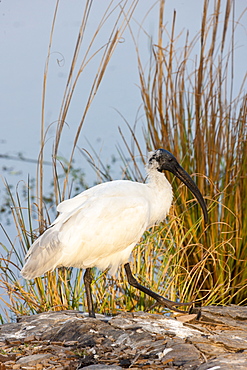
Black-Headed Ibis, Threskiornis melanocephalus, in Ranthambhore National Park, Rajasthan, Northern India
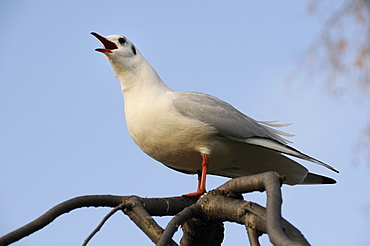
Black-headed gull (Larus ridibundus) in winter plumage calling from tree branch, St. James's Park, London, England, United Kingdom, Europe
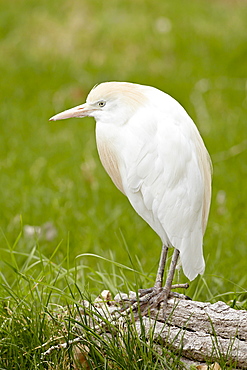
Cattle egret (Bubulcus ibis) in breeding plumage in captivity, Rio Grande Zoo, Albuquerque Biological Park, Albuquerque, New Mexico, United States of America, North America
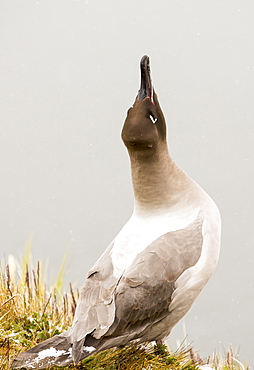
A Light Mantled Albatross, or Light Mantled Sooty Albatross, Phoebetria palpebrata, on South Georgia, on nesting cliffs at Grytviken, calling to its mate.
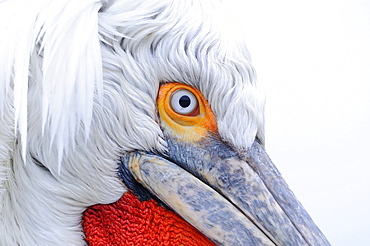
Dalmatian pelican (pelecanus crispus) close-up of face, adult in breeding plumage, lake kerkini, greece
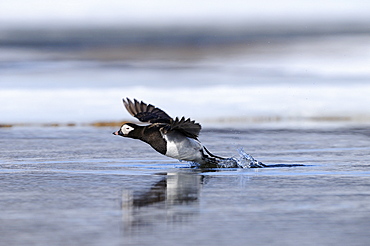
Long-tailed duck (clangual hyernalis) adult male in summer breeding plumage, taking off from water, varanger, norway
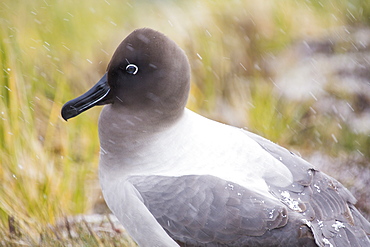
A Light Mantled Albatross, or Light Mantled Sooty Albatross, Phoebetria palpebrata, on South Georgia, on nesting cliffs at Grytviken.
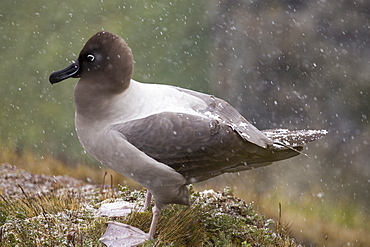
A Light Mantled Albatross, or Light Mantled Sooty Albatross, Phoebetria palpebrata, on South Georgia, on nesting cliffs at Grytviken.
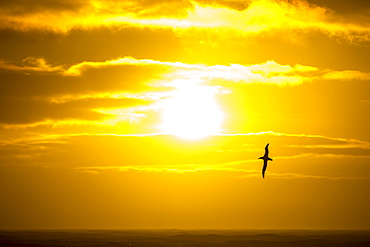
A Wandering Albatross; Diomedea exulans, the bird with the largest wing span on the planet, at around 11 feet 6 inches, flying in the Drake Passage, Sub-Antarctic.
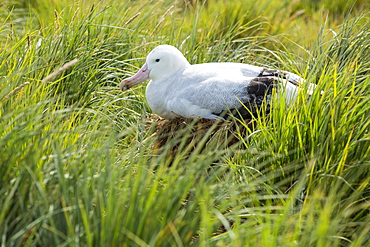
A Wandering Albatross; Diomedea exulans, the bird with the largest wing span on the planet, at around 11 feet 6 inches, nesting on Prion Island, South Georgia, Southern Ocean.
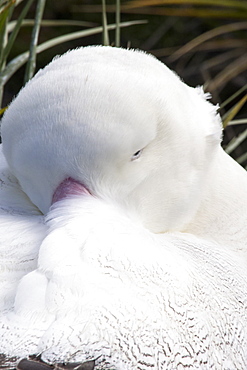
A Wandering Albatross; Diomedea exulans, the bird with the largest wing span on the planet, at around 11 feet 6 inches, nesting on Prion Island, South Georgia, Southern Ocean.
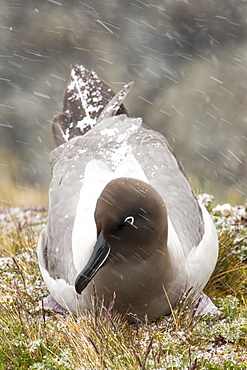
A Light Mantled Albatross, or Light Mantled Sooty Albatross, Phoebetria palpebrata, on South Georgia, on nesting cliffs at Grytviken.
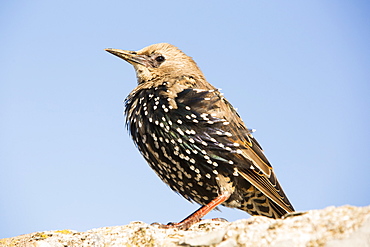
A Common Starling, Sturnus vulgaris in Seahouses, Northumberland, UK, moulting from Juvenile to adult plumage.
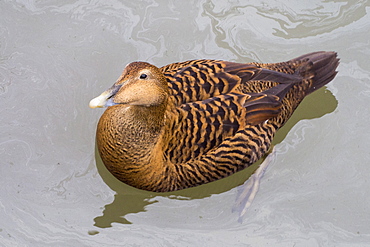
A female Eider Duck (Somateria mollissima) amongst oil spilled from fishing boats in Seahouses harbour, Northumberland, UK.

On Friday 11th July 2014, the Young Ospreys that nest on Bassenthwaite in the Lake District National Park, Cumbria, UK, are ringed and fitted with a satelite tracker. they are ringed by Pete Davis, a licensed bird ringer, and the satelite tracker is fitred by Roy Dennis. Roy is theonly person in the UK, licensed to fit satelite trackers to birds of prey. The tracing is part of the Bassenthwaite Osprey project, to see whereabouts in Africa the young migrate to, before returning hopefully to the UK to nest.Ospreys recolonized the Lake district in 2001, after an absence ovf over 150 years. In the last fourteen years of breeding over half a million people have visited the project to view these spectacular fish eating birds.
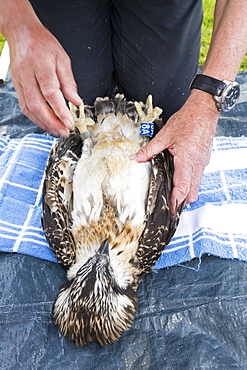
On Friday 11th July 2014, the Young Ospreys that nest on Bassenthwaite in the Lake District National Park, Cumbria, UK, are ringed and fitted with a satelite tracker. they are ringed by Pete Davis, a licensed bird ringer, and the satelite tracker is fitred by Roy Dennis. Roy is theonly person in the UK, licensed to fit satelite trackers to birds of prey. The tracing is part of the Bassenthwaite Osprey project, to see whereabouts in Africa the young migrate to, before returning hopefully to the UK to nest.Ospreys recolonized the Lake district in 2001, after an absence ovf over 150 years. In the last fourteen years of breeding over half a million people have visited the project to view these spectacular fish eating birds.
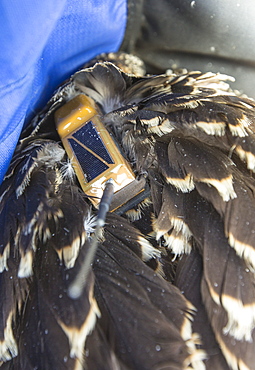
On Friday 11th July 2014, the Young Ospreys that nest on Bassenthwaite in the Lake District National Park, Cumbria, UK, are ringed and fitted with a satelite tracker. they are ringed by Pete Davis, a licensed bird ringer, and the satelite tracker is fitred by Roy Dennis. Roy is theonly person in the UK, licensed to fit satelite trackers to birds of prey. The tracing is part of the Bassenthwaite Osprey project, to see whereabouts in Africa the young migrate to, before returning hopefully to the UK to nest.Ospreys recolonized the Lake district in 2001, after an absence ovf over 150 years. In the last fourteen years of breeding over half a million people have visited the project to view these spectacular fish eating birds.
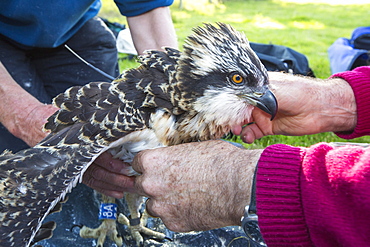
On Friday 11th July 2014, the Young Ospreys that nest on Bassenthwaite in the Lake District National Park, Cumbria, UK, are ringed and fitted with a satelite tracker. they are ringed by Pete Davis, a licensed bird ringer, and the satelite tracker is fitred by Roy Dennis. Roy is theonly person in the UK, licensed to fit satelite trackers to birds of prey. The tracing is part of the Bassenthwaite Osprey project, to see whereabouts in Africa the young migrate to, before returning hopefully to the UK to nest.Ospreys recolonized the Lake district in 2001, after an absence ovf over 150 years. In the last fourteen years of breeding over half a million people have visited the project to view these spectacular fish eating birds.
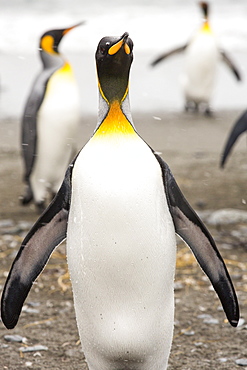
King Penguins in the world's second largest King Penguin colony on Salisbury Plain, South Georgia, Southern Ocean.
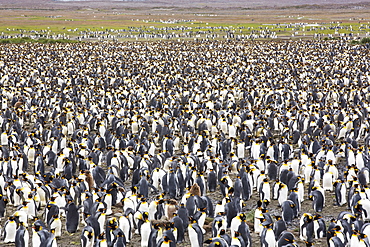
King Penguins in the world's second largest King Penguin colony on Salisbury Plain, South Georgia, Southern Ocean.
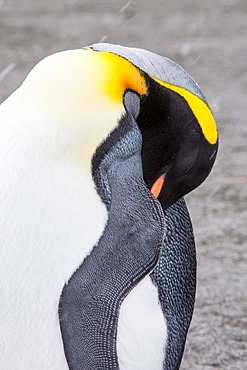
A King Penguin sleeping in the world's second largest King Penguin colony on Salisbury Plain, South Georgia, Southern Ocean.
